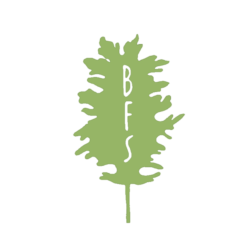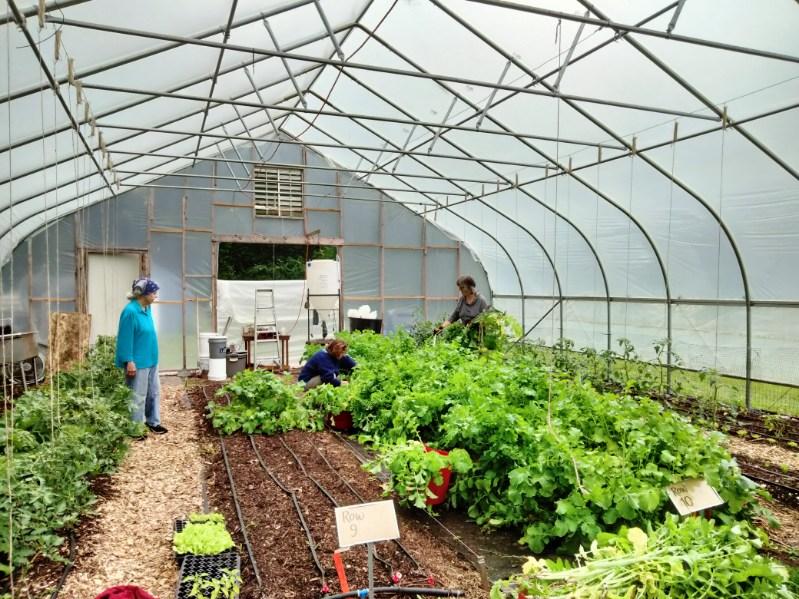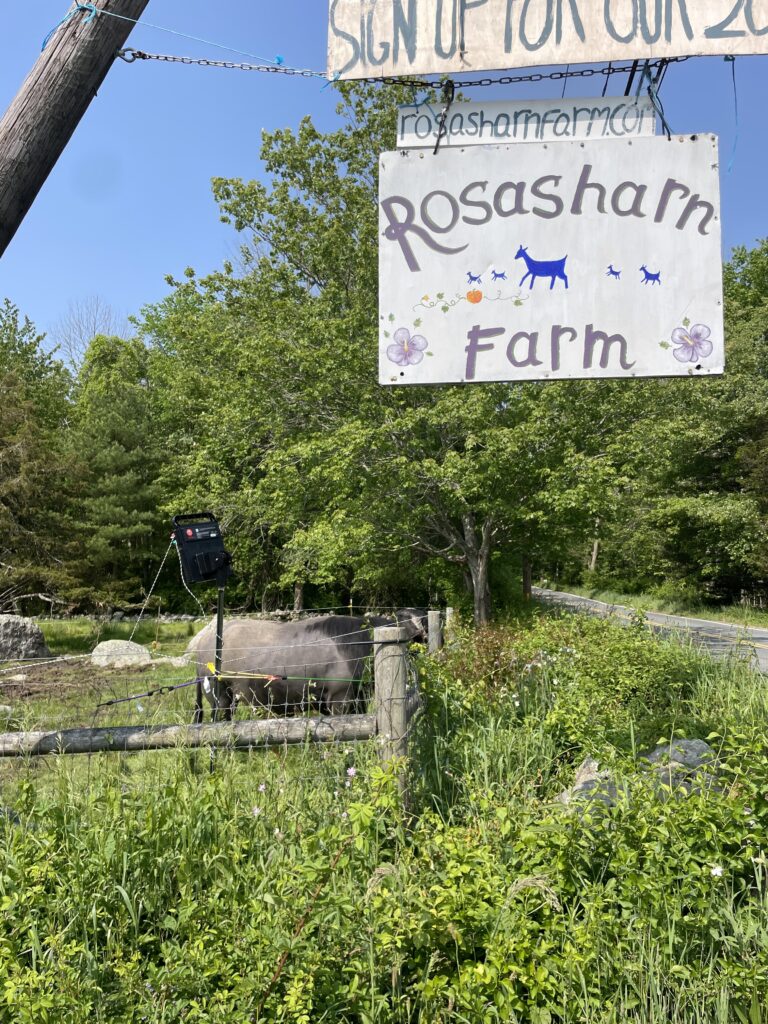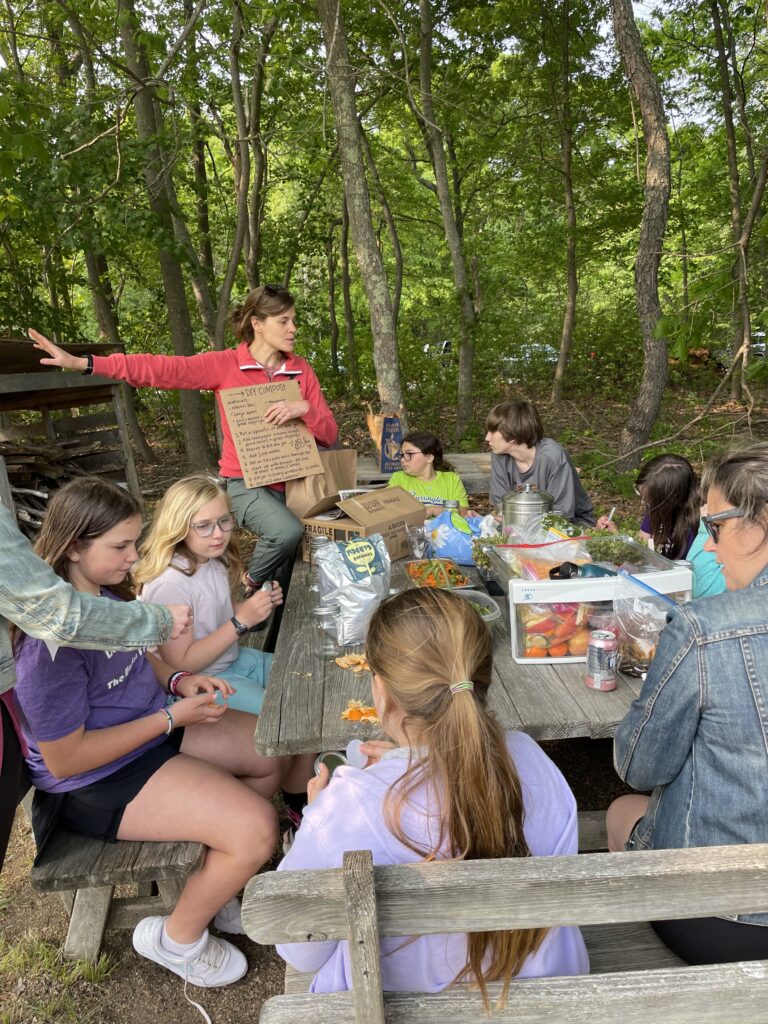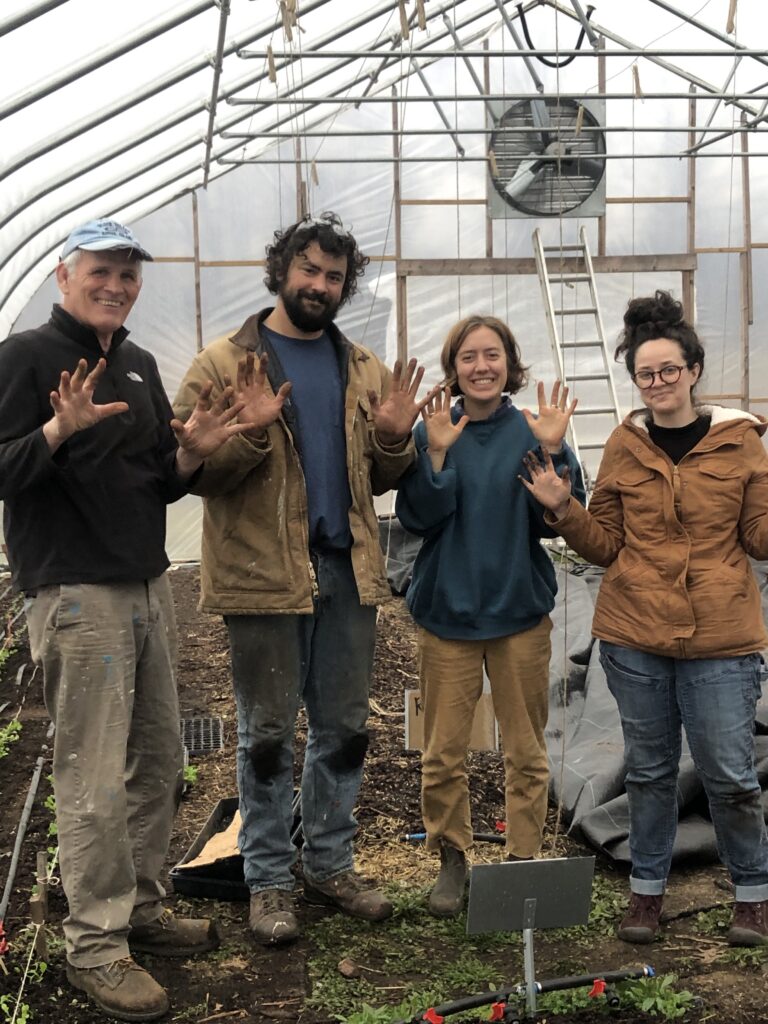By: Ron Pitt
Dew greets us many mornings on the farm, but where does all of that dew come from?
Ah, the beauty of a summer morning on the farm. The dew glistens like crystals spawning a million tiny rainbows as you cavort through the grass (soaking your shoes, socks, and feet for the rest of the day). The freshness of life’s vigor is on full display, suspended in the medium of all life: water.
On a less romantic note, where does all of that dew come from? Most people probably know that dew is water vapor condensed from the air. It’s the same phenomenon as the condensation that forms on an object taken from a refrigerator into a warm, humid room. For water to condense out of the air, the object has to be below the dew point temperature, which is the highest temperature at which water vapor condenses and becomes liquid. Any object below the dew point temperature will accumulate condensation from the air.
Weather forecasts often report the dew point temperature, the indication being that a higher DPT means warmer, stickier, more uncomfortable conditions. Thus, dew point temperature varies with the air’s temperature and humidity. (See addendum.)
But, thou may sayest, objects like grass are not coming out of a refrigerator, so how do they get below the dew point temperature? To be colder than the air, they have to have lost heat. But since they’re IN the air, shouldn’t they be at the air temperature? How can something in the air become colder than the air? Not possible.
And yet if it’s happening, it’s possible. The way that objects on earth lose heat and become colder than the air is by radiation to outer space. At night, the dark sky absorbs infrared radiation from the earth’s surface. Objects sitting out under an open sky will radiate to the sky and become colder than the air. If the objects get cold enough to be below the dew point temperature, dew forms on them. In fact, if they get cold enough, the dew and/or the object will freeze, causing frost damage to crops even when the air is above 32F.
For objects to radiate to the sky, they have to be exposed to the sky. Thus it is that dew may form on the top of a car but possibly not on its sides and definitely not on its bottom. Objects under a tree tend not to form dew. Nights with clouds don’t produce as much dew, if any.
Radiation to the sky is an essential part of the earth’s energy balance, which takes in radiation from the sun and reflects and radiates it back to space. It is that balance that humans are disrupting. Greenhouse gases block some of the infrared radiation from earth to space, causing heat to accumulate on earth and global temperatures to rise.
So dew is more than a curiosity. It is a signifier of the delicate balance the earth maintains that supports life on earth and on the farm.
Addendum: When Does Dew Form?
Dew forms on some nights and not on others. Why?
First, think of the water content of air as the amount of water (measured in kilograms, for instance) per amount of dry air (also measured in kilograms). Dry air consists of 78% nitrogen in the form of N2; 20% oxygen, O2; and small amounts of other gases, including 0.03% carbon dioxide, CO2 (which is rising).
Second, warm air holds more moisture. At each temperature, there is a maximum water content which goes up as the air temperature increases. See the 100% rh line below.
For example, when the air is at 20C (68F), the maximum water content is just under 0.015 kg/kg.
Relative humidity is the amount of water in the air relative to what it can hold at maximum. Thus we have curves for 80%, 60%, 40%, and 20% rh. 0% rh is along the horizontal axis.
Take a humid day when the temperature is 23C (73.4F) and 80% rh (blue dot). Imagine cooling that air to its dew point. Cooling the air moves the blue dot to the left, until, WHAM, it hits the maximum moisture line of 100% rh. At that point, its temperature is at the dew point, and you can see on the graph that the dew point is 20C.
When the air is high in humidity like that, it doesn’t take a lot of cooling for dew to form. But if the air is at a lower relative humidity, say 20C and 20% rh, it would take a lot more cooling to travel horizontally to the left to reach the dew point.
So the best conditions for dew to form are high humidity and an unobstructed exposure to a clear night sky.

